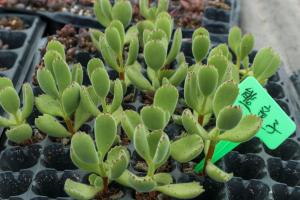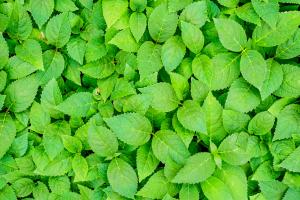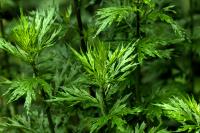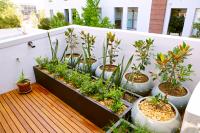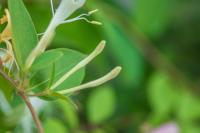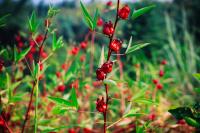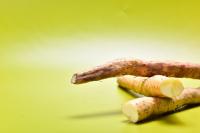1、 Cutting
1. Cutting time: the cutting time of fig is generally in the middle and late March of each year. At this time, the temperature is not high, the plant has just begun to recover its growth, and the cutting has a high survival rate. Cutting can also be carried out in summer, but the requirements for branches are higher. The temperature is low in winter, so it can't take root after cutting.
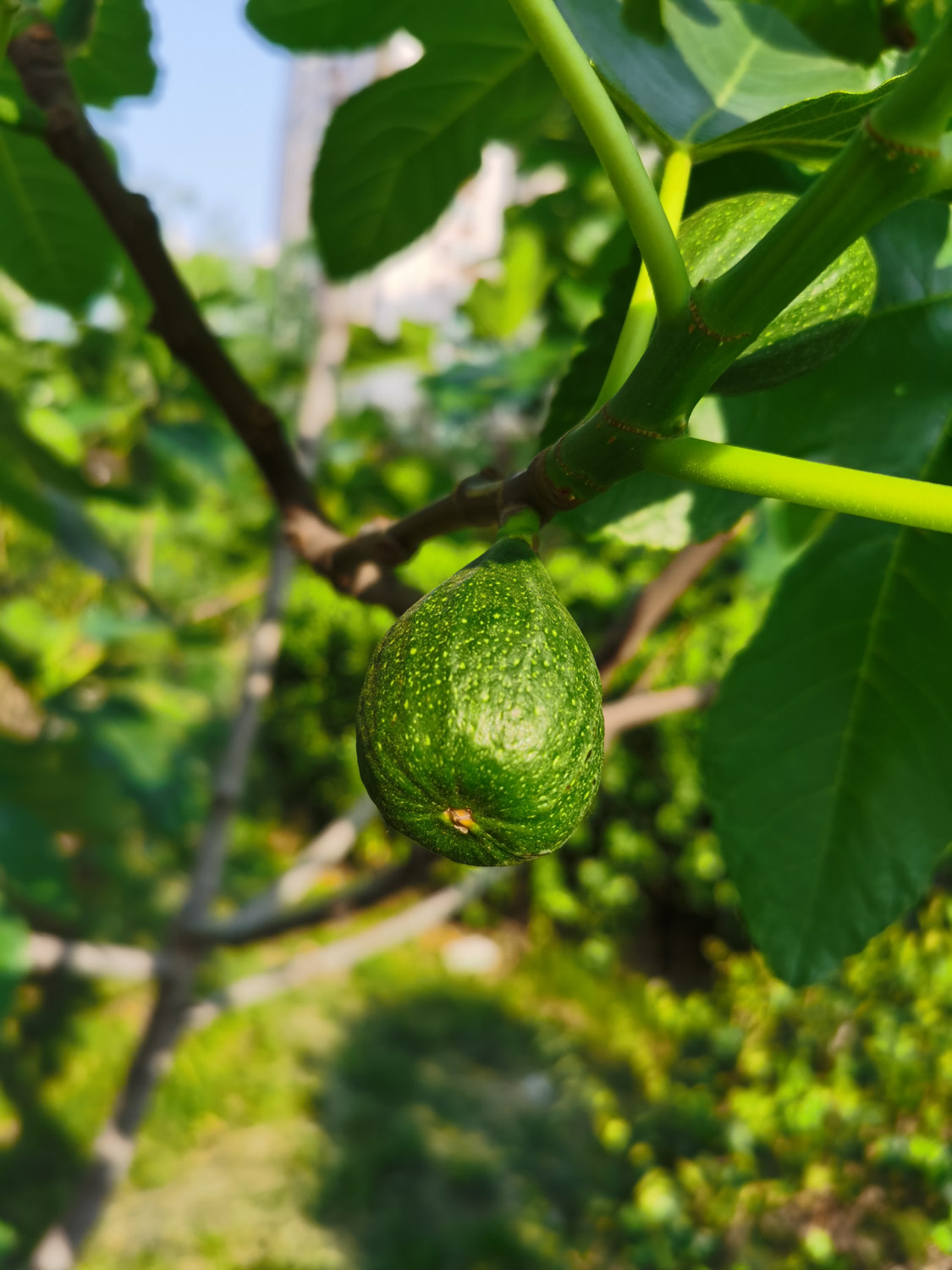
2. Cutting branches: if you want the cuttings of fig to grow well, you must first pay attention to the selection of varieties. Generally, 1-3-year-old branches should be selected from excellent mother plants. The branches had better not have sprouted, and the internodes are relatively short, the thickness is about 1-1.5cm, and the length of cutting is 30-50cm.
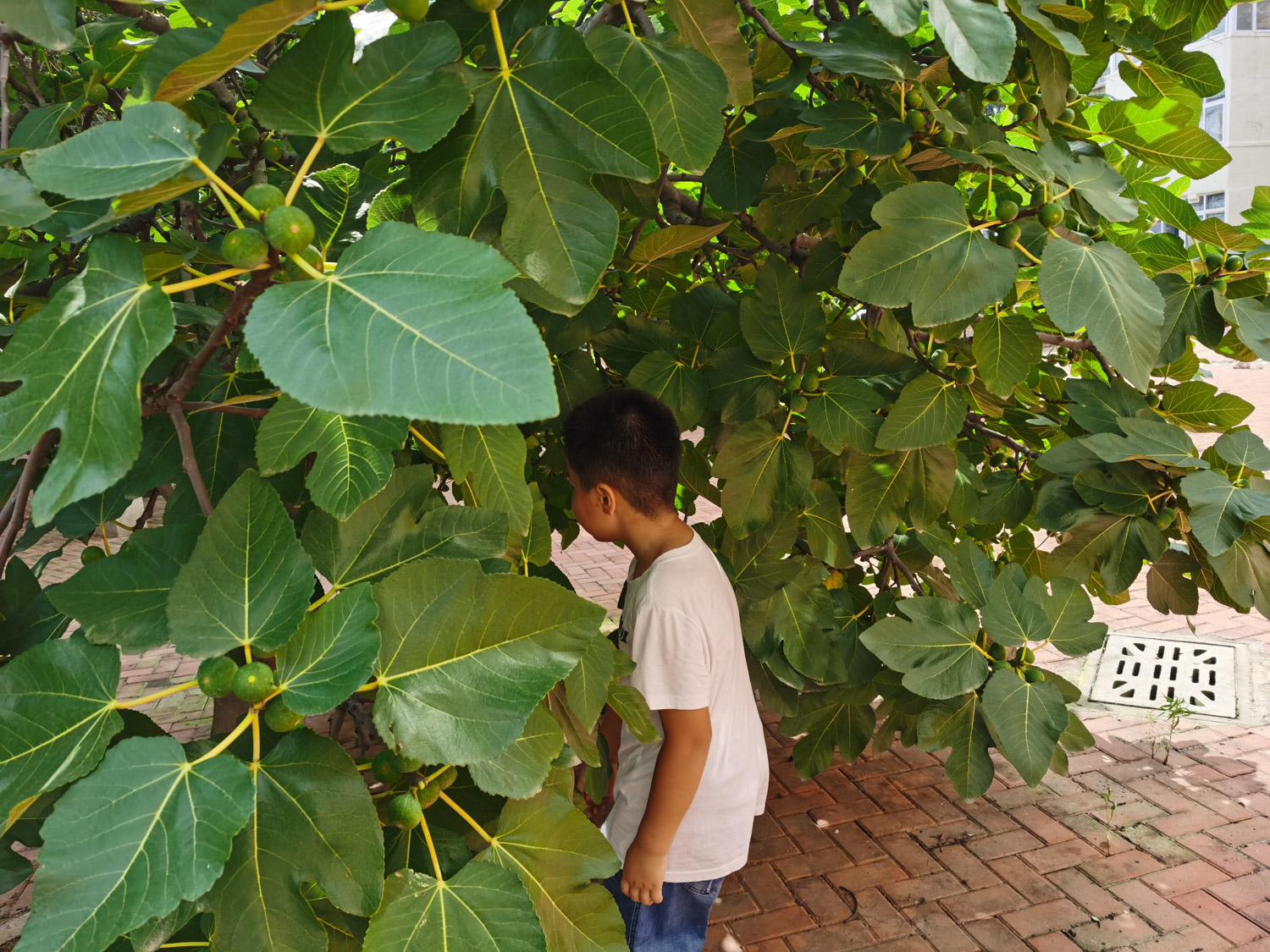
3. Cutting: find a sunny place with deep soil layer and high terrain for planting. If there are many cuttings, it is generally necessary to trench according to the row spacing of 50 cm. Insert the cuttings into the soil at a depth of about two-thirds, and then fill the soil and compact it, and pour an appropriate amount of water to keep the soil moist.
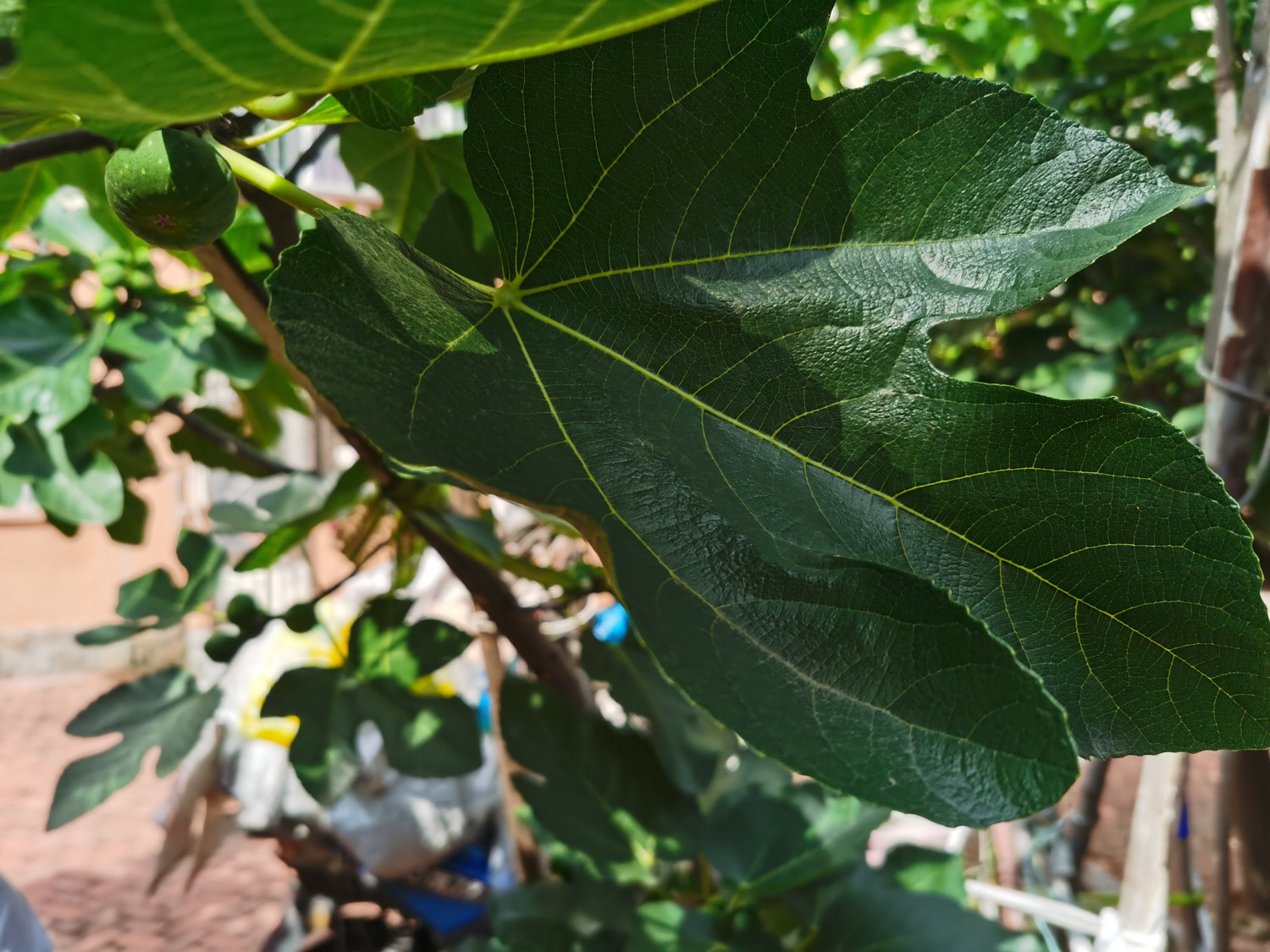
4. Follow up maintenance: generally, cuttings will take root only after about a month. After rooting, attention should be paid to water and fertilizer management, which should not be too wet or too dry. Fertilization should also be diluted as much as possible to avoid damage to the new roots caused by concentrated fertilizer. Transplanting can be carried out after cultivating for about one year.
2、 How
Raising figs must use loose and fertile soil. Good drainage can avoid ponding in the roots and reduce the possibility of rotten roots. As the plant is drought resistant and not waterlogging resistant, the water amount should be controlled. As long as it is wet, don't let it be too damp. In addition to applying base fertilizer during planting, phosphorus and potassium fertilizer should be applied in the growth period.
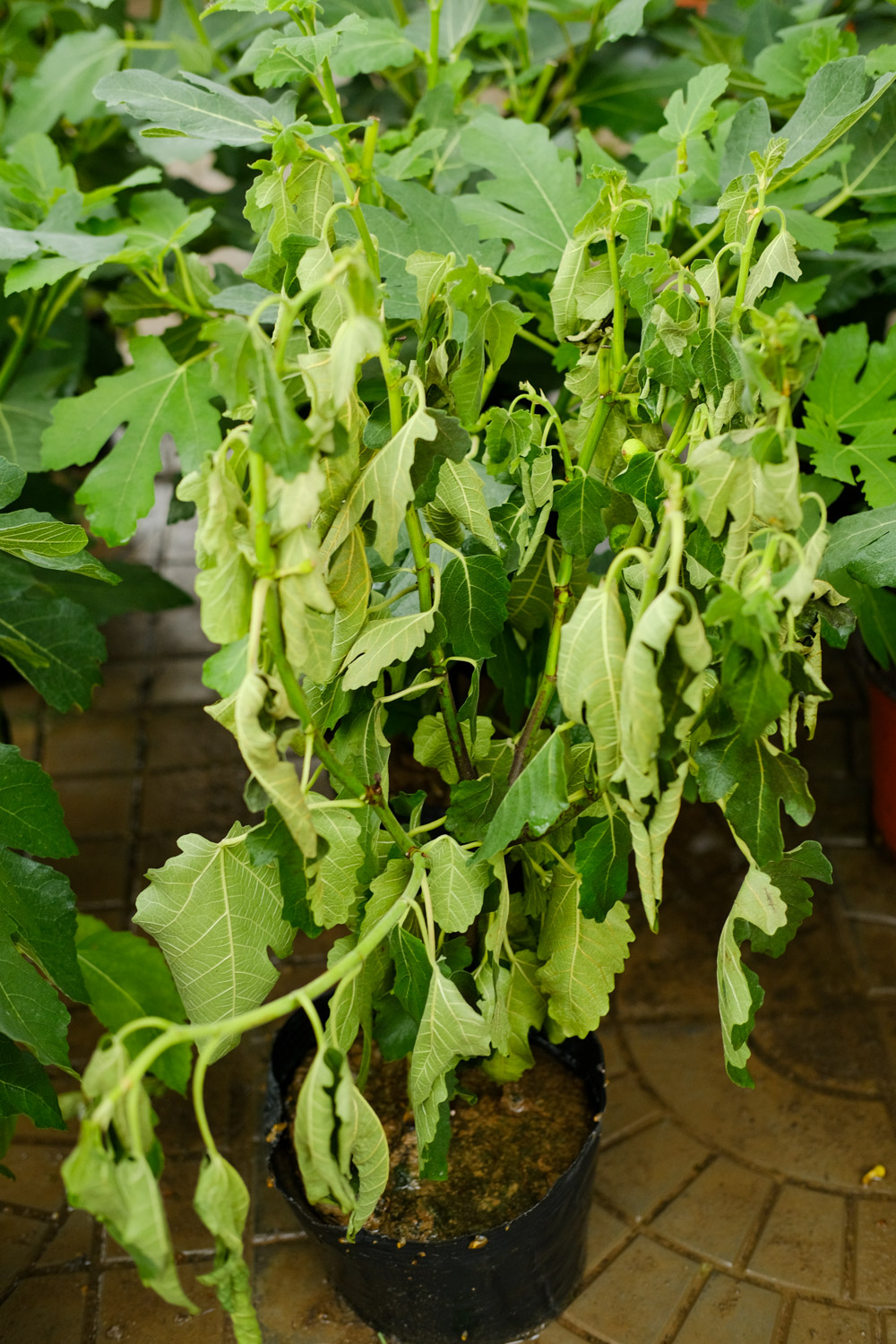

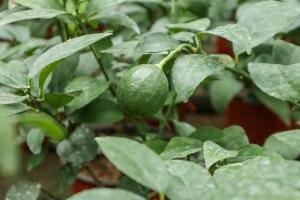 The efficacy and fun...
The efficacy and fun...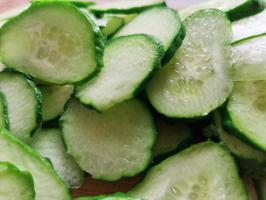 The efficacy and fun...
The efficacy and fun...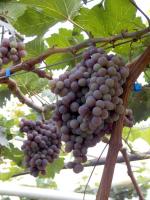 The benefits of eati...
The benefits of eati...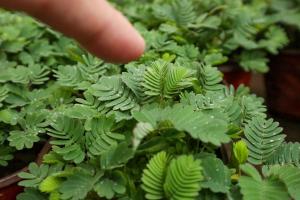 Why is Mimosa called...
Why is Mimosa called...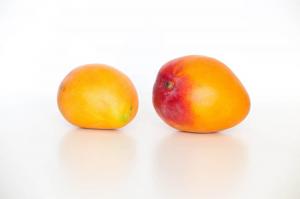 What can't mango be ...
What can't mango be ...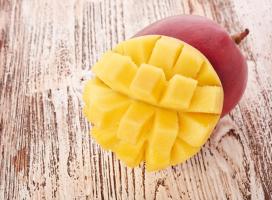 The efficacy and fun...
The efficacy and fun...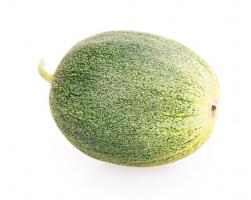 Is watermelon a frui...
Is watermelon a frui...


